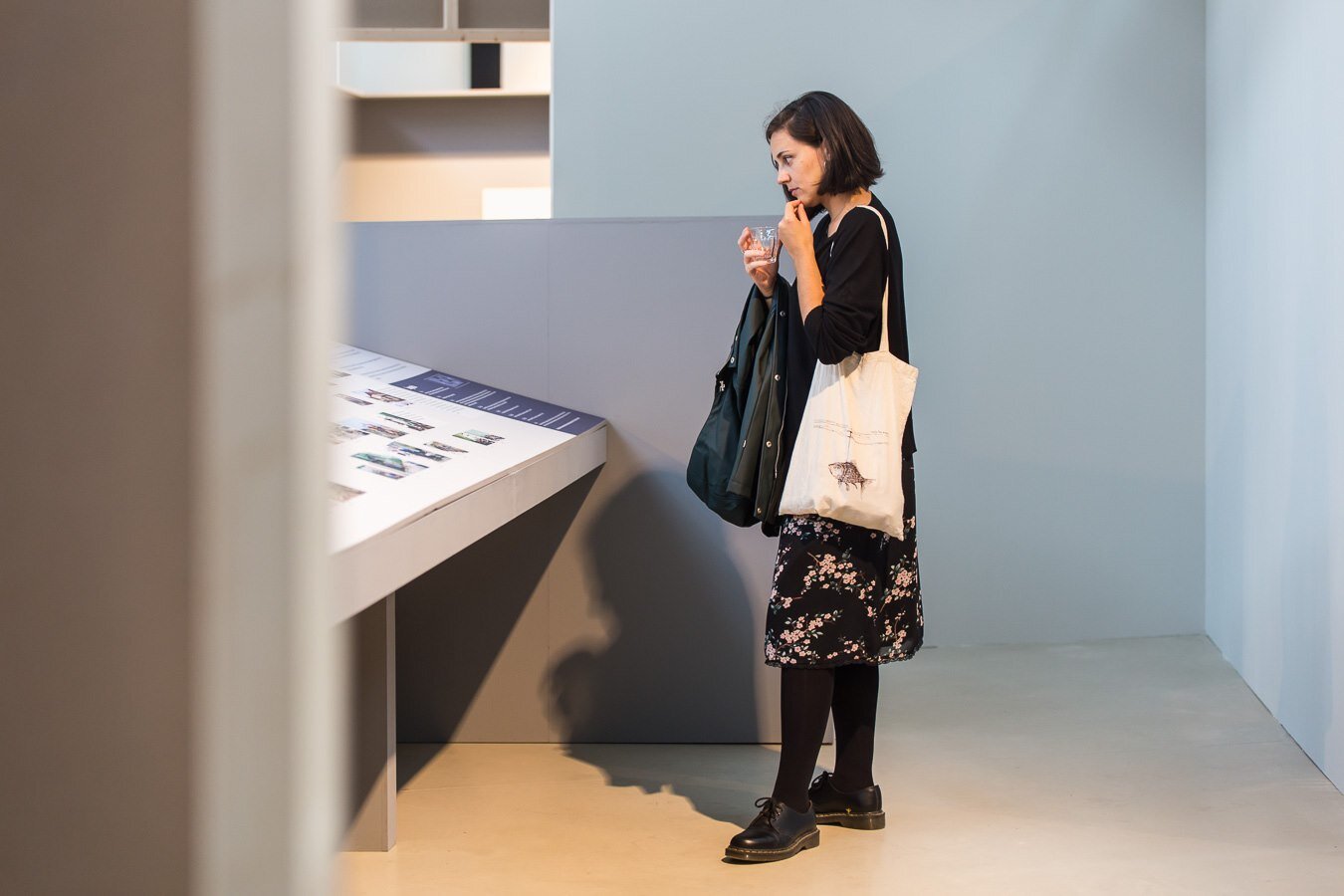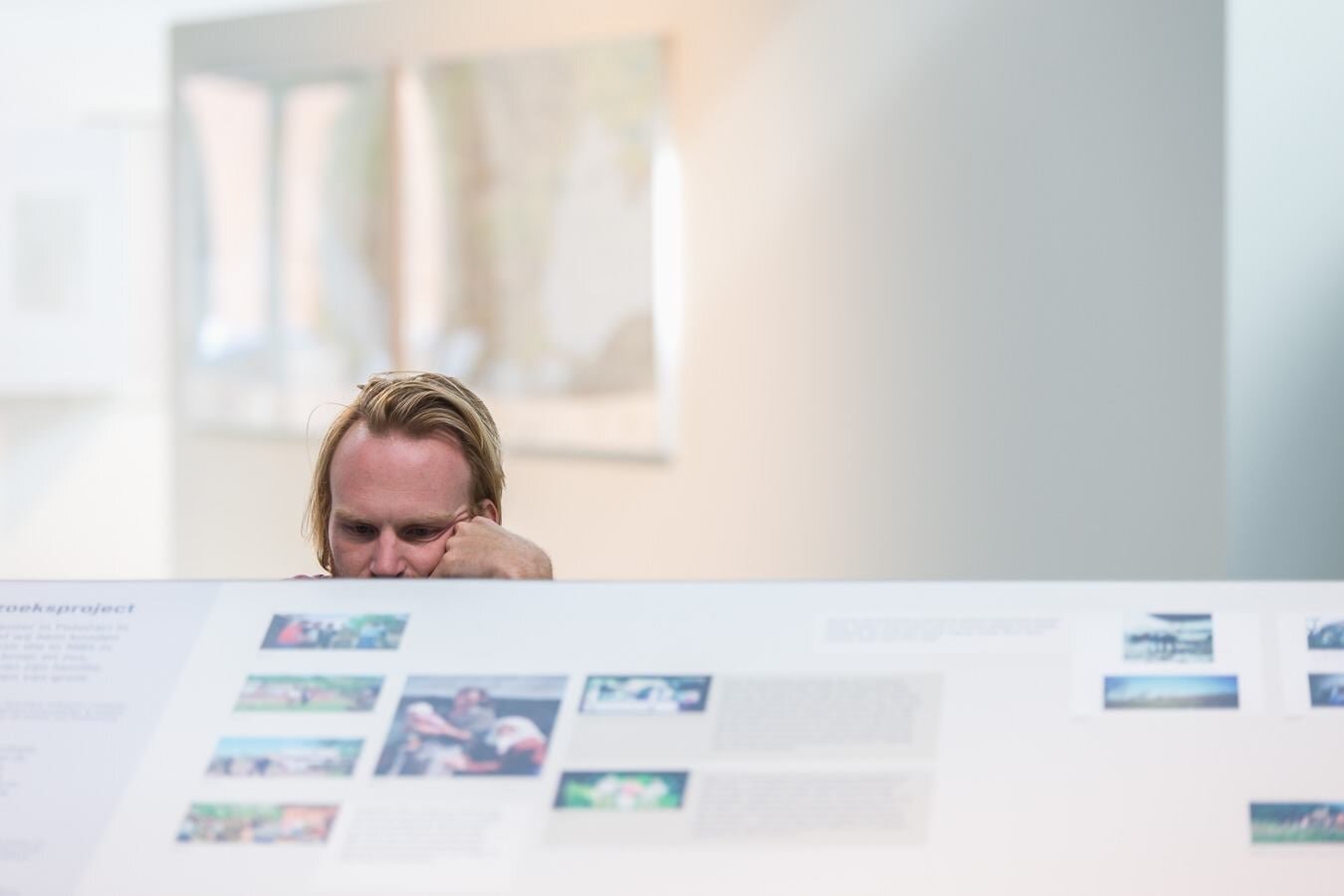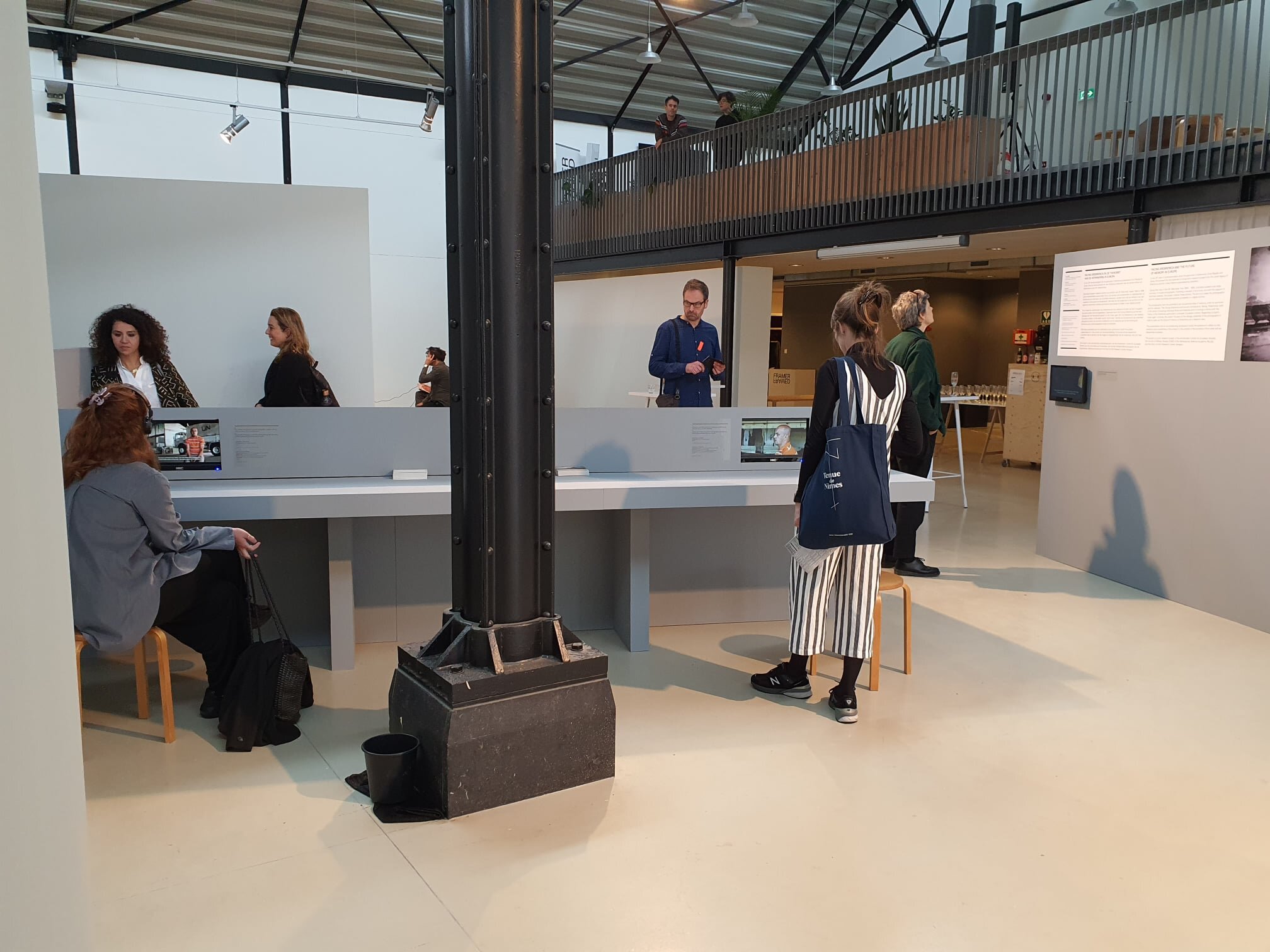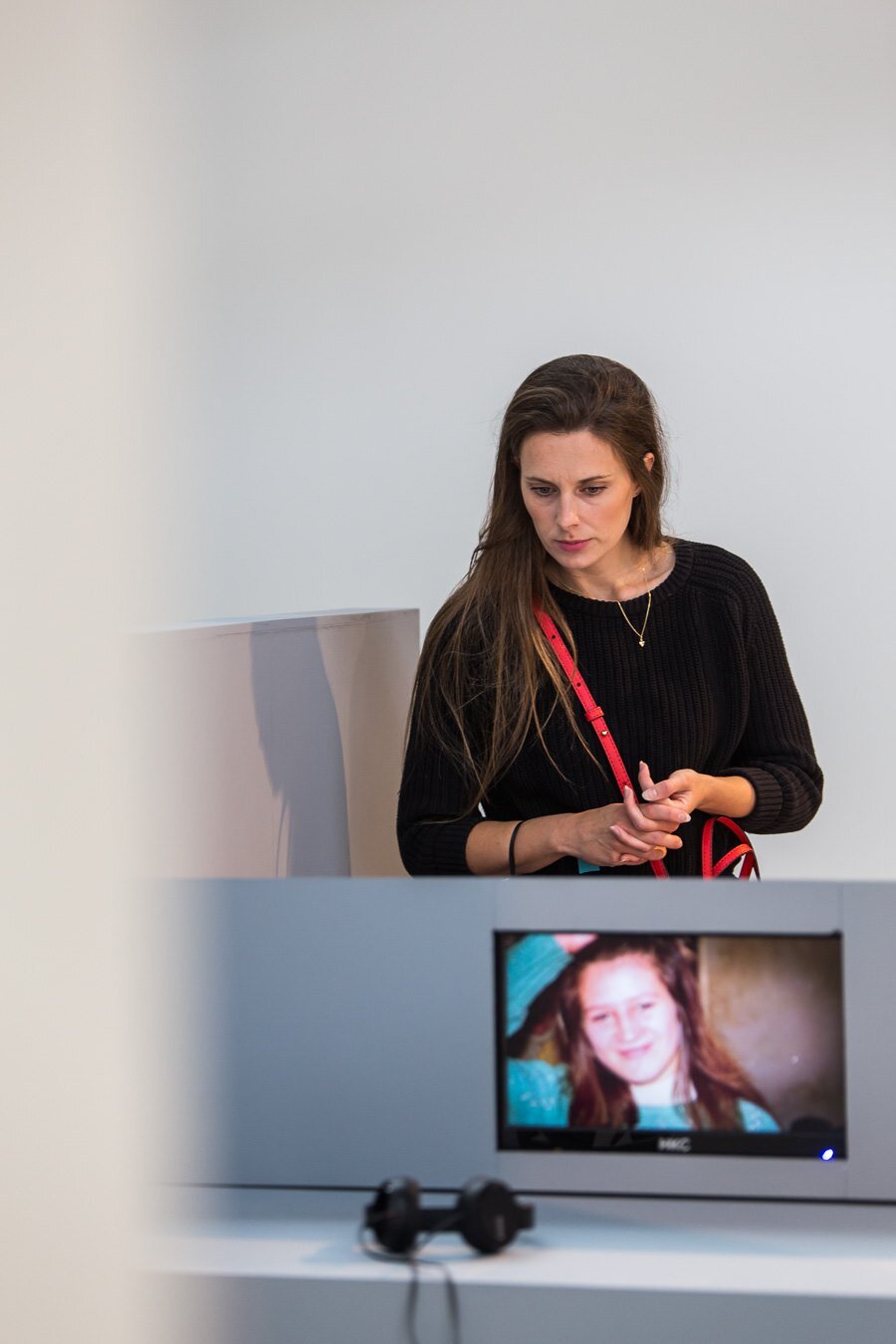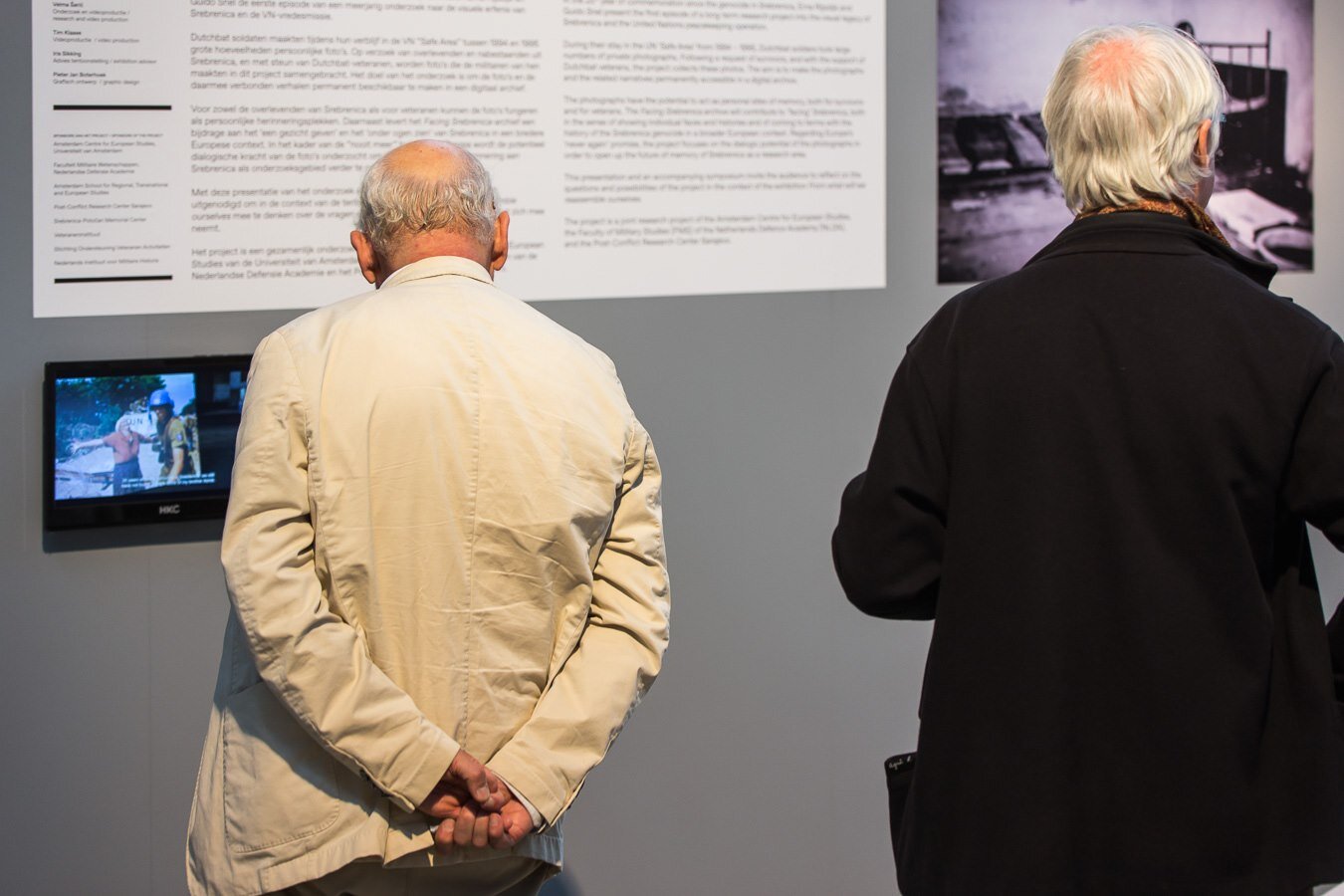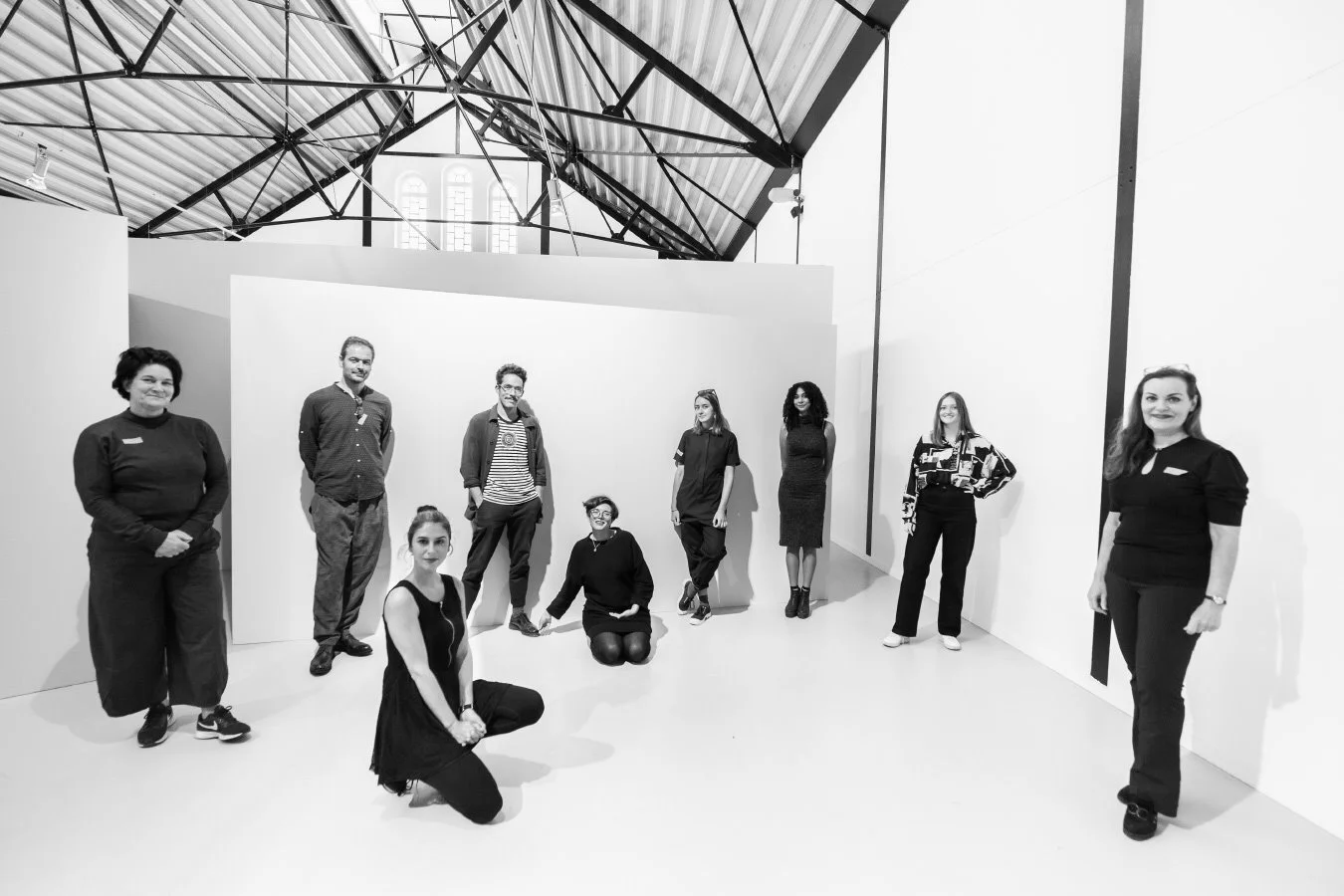Facing Srebrenica
and the Future of Memory in Europe
Recently I was invited as advising curator to develop an exhibition format for a research project initiated by Academic researcher Erna Rijsdijk and Guido Snel. The project will be part of the group exhibition From what will we reassemble ourselves? curated by Natasha Marie Llorens and Anna Dasovic for Framer Framed, Amsterdam. The exhibition is on show till January 3rd, 2021.
In the context of the 25th commemoration of the Srebrenica genocide on 11 July 2020, Erna Rijsdijk and Guido Snel facilitate an interdisciplinary research and database project on the visual memory of the Srebrenica genocide and its future in Europe. In collaboration with the Amsterdam Center for European Studies (ACES -University of Amsterdam), the Faculty of Military Studies of the Netherlands Defence Academy and the Post-Conflict Research Center Sarajevo (PCRC), they explore the visual legacy of Srebrenica and the UN peacekeeping mission and the importance of its conservation for the future of the “never again” promise in Europe.
A collection of private photos made by Dutchbat soldiers between 1993 and 1995 of the people of Srebrenica will be presented at this exhibition. These images are contextualised through interviews with survivors as well as former Dutchbat soldiers who question the provenance and meaning of these photographs. The interviews in Bosnia were recorded by Velma Šarić.
In November 2020 a symposium will take place at Framer Framed on the Future of Memory.
Azir’s request
The proposed project is a response to a request by Azir Osmanović, a tour guide at the Srebrenica- Potočari Memorial Center. In May 2019, while visiting the Memorial Center, he showed a photo of his brother and sister sitting on a bed in their refugee house in Srebrenica. The photo was taken in 1994 by a Dutchbat soldier who gave the photo to Azir’s mother. Azir, twelve years old at the time of the photo, remembered that he and his family had been in contact with that Dutchbat soldier who was stationed at a nearby observations post, but he could not remember his name. He asked us whether it would be possible to find out who the Dutchbat photographer was, because he wanted to know whether there were more photos of his family.
Narratives of the past are often grounded in visual records and photography plays a prominent role in the memory of Srebrenica. Over the last twenty-five years, most photos and videos related to Srebrenica have been published as evidence of crimes. Notwithstanding the tremendous importance of the evidential role of these visual records in the truth finding of the Srebrenica genocide, this material is only a very limited representation of the experiences of living in the UN enclave. It does however play a dominant role in how Srebrenica is currently being remembered and, more importantly, in how it can be remembered. Azir Osmanović’s request is as a wake-up call to see the importance of Dutchbat’s photo collections for the memory of Srebrenica.
© Text Erna Rijsdijk
Initiators of this research project
Dr. Erna Rijsdijk is a lecturer and senior researcher at the Faculty of Military Sciences of the Netherlands Defence Academy.
Dr. Guido Snel is a lecturer and senior researcher of European Studies at the Faculty of Humanities of the University of Amsterdam and an affiliate of the Amsterdam Center for European Studies.
Velma Šarić is a researcher, journalist, peace building expert, and human rights defender and is currently, the Founder and President of the Post-Conflict Research Center.
Project website
Find further information and participate via www.facingsrebrenica.eu
